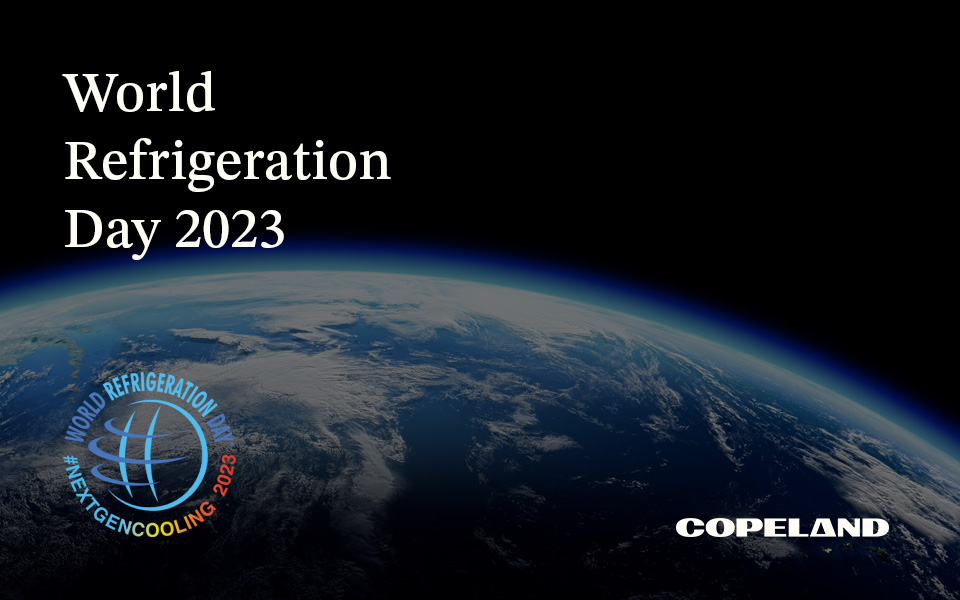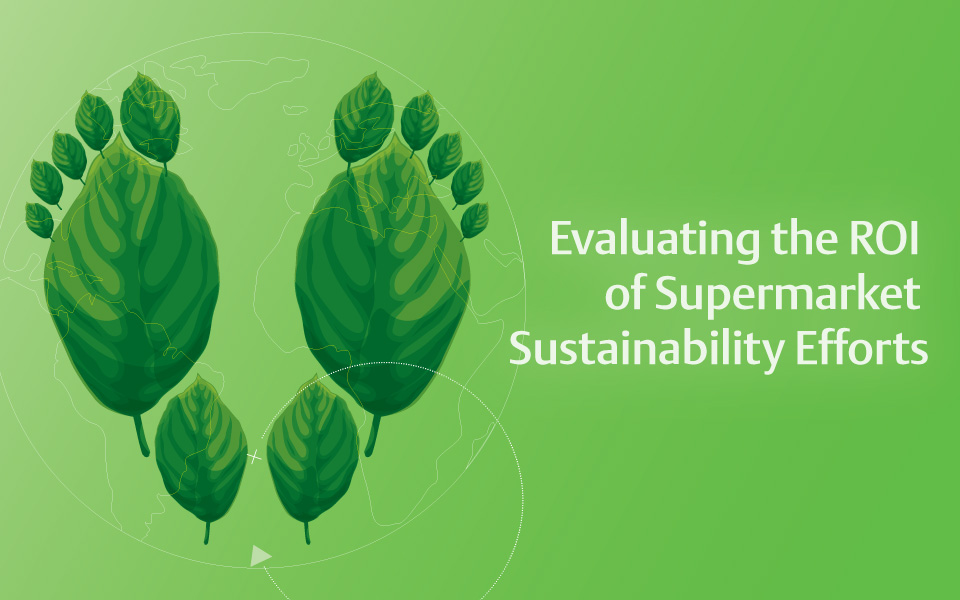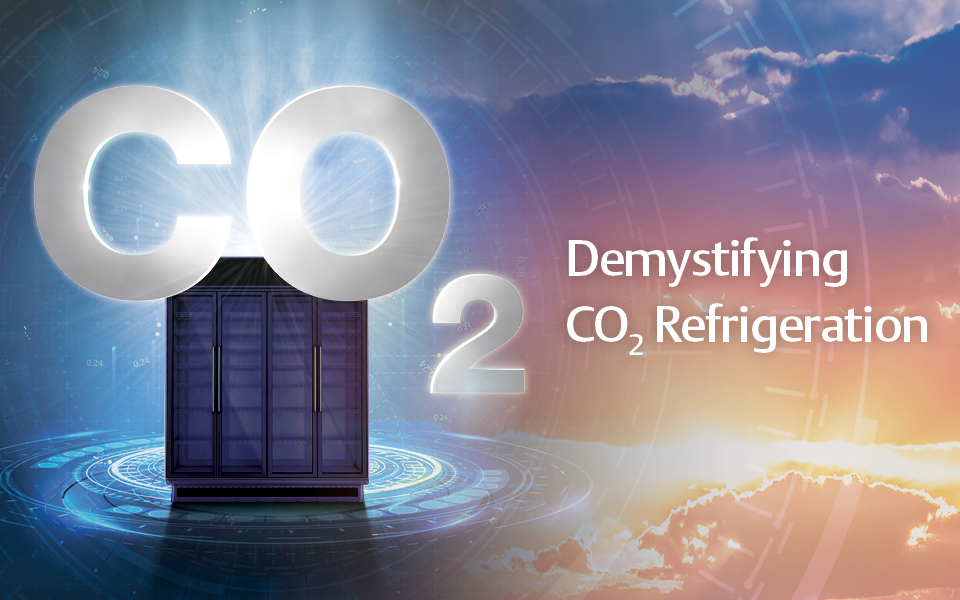Tapping the potential of IoT in the food cold chain

In a recent Progressive Grocer article, I described how business leaders are leveraging the internet of things (IoT) and connected technologies to achieve much tighter integration along every step of food’s journey to consumers, addressing some of the most challenging problems currently plaguing the food cold chain: food safety and food waste.

Consider what’s involved in bringing food to our tables. The process typically starts at a farm; proceeds to a processing plant; enters the transportation and logistics stream; arrives at a storage or distribution facility; and is delivered to retailers. Think about the many opportunities for errors along these steps — such as time in transport, temperatures and humidity. It’s easy to see how quickly and easily food quality can be impacted. We’re often reminded that these problems can lead to food safety issues for consumers and businesses. But too often, the related problem of food waste is overlooked.
A fully IoT-connected and integrated cold chain has the potential to change that.
Mitigating the cost of food waste
According to a recent study by the Boston Consulting Group (BCG), 1.6 billion tons of food — the equivalent of $1.2 trillion — are wasted each year, essentially reducing total global food production by one-third. It’s a staggering amount that if left unchecked, could reach costs of $1.5 trillion by 2030.1
The study looked at the potential for loss at every stage of the food supply chain. IoT can help combat the food waste crisis at every step.
In the article, I cited one area that’s particularly problematic: fresh produce, which represents 46 percent of the total output lost each year. To illustrate how IoT sensors provide real-time tracking, monitoring and analytics of food conditions, I tracked the journey of a single strawberry from the moment of its harvest to a retailer’s shelf, showing how producers can use IoT to greatly extend perishable shelf life and improve the quality of fresh produce.
IoT can connect historically disconnected supply chain providers to make a real difference in maintaining food quality and freshness and combat food waste. Per the BCG study, “An unbroken, temperature-controlled ‘cold chain’ can help to reduce spoilage significantly.”2 By boosting the food supply chain’s efficiencies and its underlying infrastructures, the potential exists for $270 billion in food preservation gains annually. Simply put, reducing food shrinkage translates into significant bottom line increases for producers and retailers alike.
Building a more sustainable cold chain
Emerson is actively collaborating with leading cold chain providers who are embracing IoT for its potential to match fresh food with growing consumer demand. Our connected solutions draw on decades of global experience in refrigeration, controls, communication, analytics and insights. We work to track, trace and monitor critical data points, making the connections needed to ensure the appropriate handling of perishable foods from farm to table, creating sustainable solutions that are good for businesses, consumers and the global food supply chain.
References
- https://www.bcg.com/en-us/publications/2018/tackling-1.6-billion-ton-food-loss-and-waste-crisis.aspx
- Infographic from BCG report; available upon request

Looking Toward the Next Generation of Cooling on World Refrigeration Day
by Rajan Rajendran | Cold Chain
Every year on June 26, we pause to celebrate World Refrigeration Day — a day when global...

Evaluating the ROI of Supermarket Sustainability Efforts
by Andre Patenaude | Cold Chain
The spectrum of supermarket sustainability concerns has expanded significantly in recent years. As...

Seven Keys to Demystifying CO2 Refrigeration
by Andre Patenaude | Cold Chain
The U.S. commercial refrigeration market is poised for a surge in the use of CO2 (R-744) as a...
The post Tapping the Potential of IoT in the Food Cold Chain appeared first on Copeland E360 Blog.